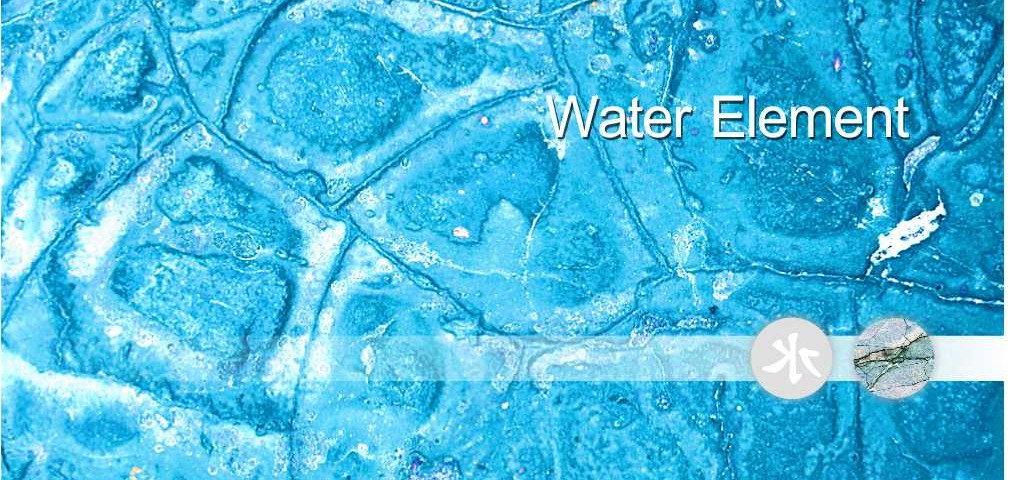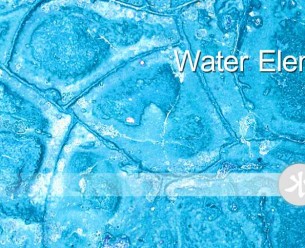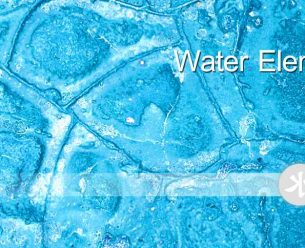Western Diagnosis of the Kidneys
The Kidneys are positioned at the back of the internal cavity of the abdomen underneath the ribs from the level of the 12th thoracic vertebra to the 3rd lumbar vertebra. They are in very close contact with many of the other deep organs including the liver, spleen, stomach, pancreas, the large intestine and the duodenum.
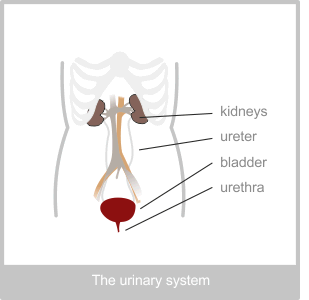 The Urinary System
The Urinary System
The Urinary system comprises the kidneys, the ureters, the bladder, and the urethra. Its primary function is to ensure that the correct balance of mineral salts is maintained within the blood. It does this by excreting waste in the form of urine.
About ¼ of the blood that leaves the heart is directed straight to the kidneys to be cleaned and checked. Waste products then travel down the ureter and collect in the bladder until they are finally expelled through the urethra upon urination.
The physiology of the Kidneys
The kidneys are a highly specialised filtration unit that is essentially made up of a collection of interconnected tubes. The outside of the kidney, know as the cortex, is made up of thousands of tiny tubes called nephrons. These nephrons lead into wider collecting tubules in an area know as the medulla. The collecting tubules in the medulla are grouped together to form pyramids that appear to be striped. The base of each pyramid’s then lead into a funnel-shaped space deep inside the kidney known as the renal pelvis. The passage of fluid in the kidneys can be likened to the way water on earth passes from tributaries to streams to rivers and finally into the sea. By the time it has reached the renal pelvis, the fluid that has collected is urine. This then continues its passage down the ureter into the bladder and eventually out of the body.
How the Kidneys Work
To understand how the kidneys work, we need to take a closer look at nephrons. These are the ‘tributaries’ of the kidneys, and they are the place at which the kidneys come in contact with the blood. The head of each nephron is shaped like a cup which is known as Bowman’s capsule. Blood enters the kidneys through the renal artery, which branches off the aorta. By the time it reaches the nephrons it has branched several more times, finally culminating in a cluster of tiny capillaries known as a glomerulus which is ‘held’ in the cup of the nephrons. The relatively free-flowing blood that enters the tight capillaries of the glomerulus is squeezed, and it is this process that forces out small molecules and water. These are then ‘caught’ by the nephrons cup and pass through a convoluted tube before moving into the collecting tubule. The reason for the long tube within the nephron is to give the kidneys the chance to re-absorb any fluids or salts it needs in the blood and also to deposit any other wastes from it. This process is controlled by a number of hormones including parathyroid hormone, antidiuretic hormone and aldosterone.
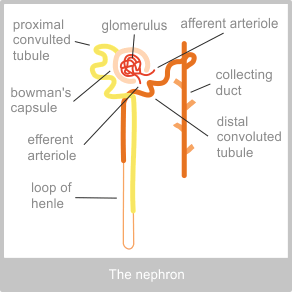 If the kidney detects low levels of oxygen the in the blood, the hormone erythropoietin or EPO is released. This stimulates the bone marrow to produce more red blood cells, which are the vehicles of oxygen in the blood.
If the kidney detects low levels of oxygen the in the blood, the hormone erythropoietin or EPO is released. This stimulates the bone marrow to produce more red blood cells, which are the vehicles of oxygen in the blood.
The kidneys also have an important impact on blood pressure. If the pressure is too high, hormones will stimulate the release of more fluid into the urine in order to reduce it. Conversely, if blood pressure it is too low, another hormone will trigger fluid conservation.


